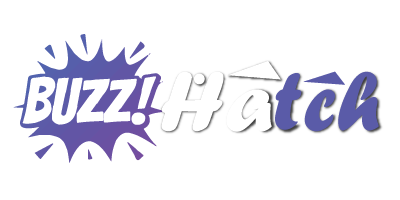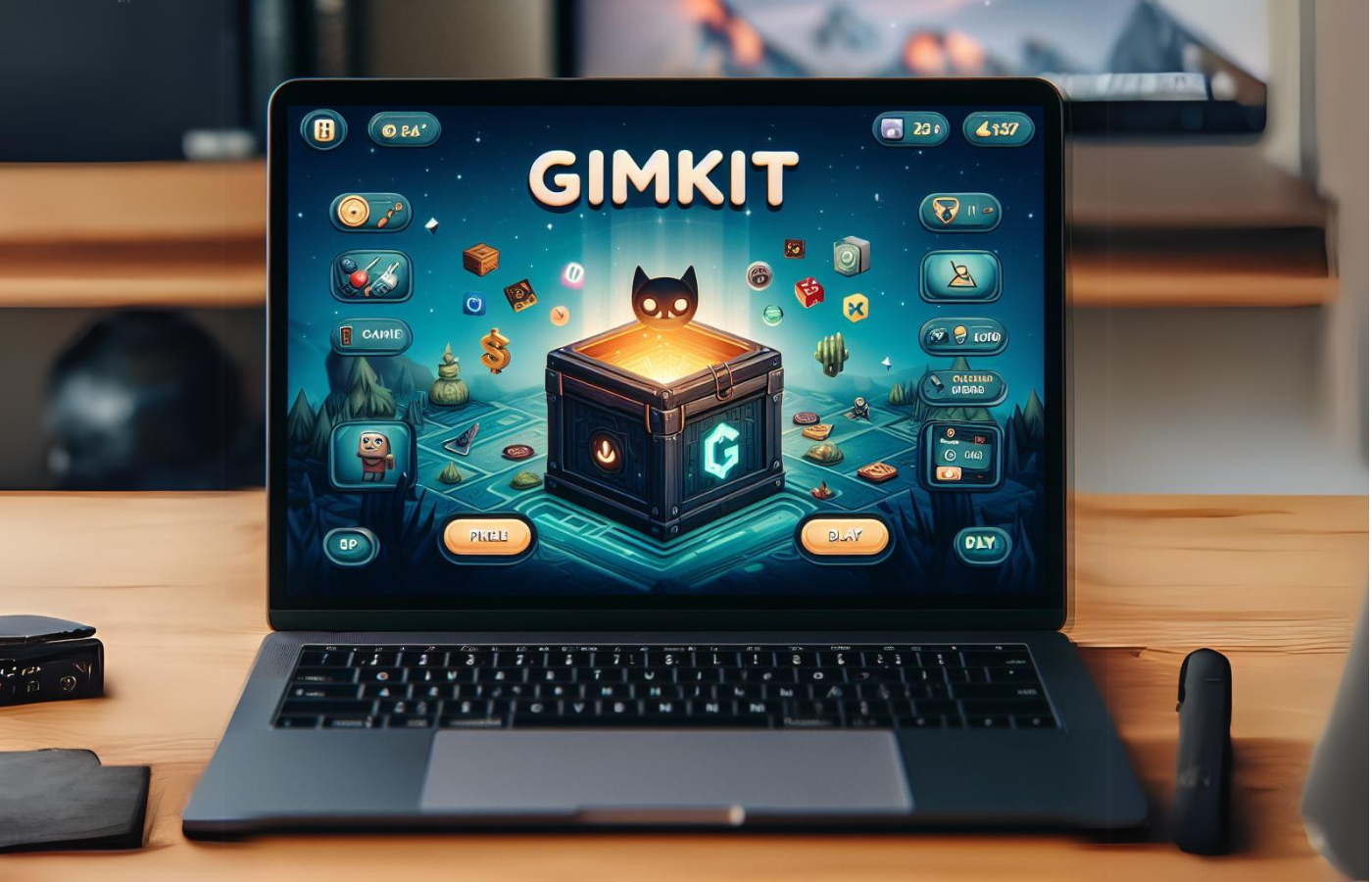Gimkit Host is an innovative interactive learning platform designed to enhance educational experiences through engaging quizzes and games. It allows educators to create customizable quizzes that not only provide valuable information but also make learning enjoyable. Utilizing technology to foster an interactive classroom, Gimkit encourages students to participate actively, promoting a stimulating learning environment. This interactive tool is increasingly popular among educators looking to create a lively classroom atmosphere.
In the context of Gimkit, a “host” refers to the teacher or educator who presents the quiz to the students. The role of the host extends beyond merely initiating the game; it encompasses several key responsibilities that are crucial for maximizing student engagement and ensuring a smooth experience. The host is tasked with setting the tone for the session, providing clear instructions, and offering support throughout the gameplay. An effective host can transform a simple quiz into a dynamic learning event that captivates students’ attention and encourages friendly competition.
Engaging students during the quiz session is of paramount importance. As a host, it is essential to use various strategies to motivate participation and enthusiasm. This can involve introducing energizing challenges, providing periodic feedback, and fostering a positive competitive spirit among students. By creating a conducive atmosphere, a host can significantly enhance the effectiveness of Gimkit sessions, making the learning experience more impactful for everyone involved.
The significance of effective hosting cannot be overstated. A well-hosted session not only strengthens students’ understanding of the subject but also enhances their collaborative skills. Ultimately, the role of the host is vital in producing an enriching educational environment that harnesses the full potential of Gimkit’s engaging features.
Getting Started as a Gimkit Host
Becoming a Gimkit host is an engaging way to facilitate interactive learning experiences. To get started, the first step is to create an account on the official Gimkit website. This process is simple: visit the site, click on the ‘Sign Up’ button, and follow the instructions to enter your details. You can choose to sign up as a teacher or a student, with the teacher option offering access to a more comprehensive suite of hosting features.
Once your account is set up, you will need to navigate to the host dashboard. This dashboard is your central hub for managing games and participants. Familiarize yourself with the various features available, including game creation tools and student management options. To create a game, you can select either an existing kit or design your own game from scratch. If you opt for the latter, ensure that your questions align with your learning objectives to maximize player engagement.
Before starting a session, it’s crucial to customize the game settings according to your audience. You can adjust parameters such as game mode—Gimkit offers various options like Classic, Team Mode, or Challenge Mode. Each has its unique dynamics and can influence how students interact during gameplay. Additionally, selecting a suitable time limit and scoring system is essential for maintaining the flow of the game. Make sure to conduct a test run of your game to diagnose any potential technical issues. This preparation ensures a seamless hosting experience for both you and your players.
Lastly, familiarize yourself with the technical aspects of hosting a game. Good internet connectivity and a reliable device are critical for conducting a smooth session. By understanding the fundamentals of the platform and properly preparing, you can create an enjoyable and effective learning environment for all participants.
Engaging Your Students During Gameplay
Maintaining student engagement during a Gimkit game is essential for the overall success of the learning experience. As a host, your role extends beyond merely presenting questions; it involves fostering an atmosphere of excitement and camaraderie that encourages active participation. One effective strategy is to promote friendly competition. By encouraging students to work against each other in teams or individually, you can cultivate a spirit of challenge that keeps them motivated. Recognizing achievements, whether through shout-outs or rewards, can further ignite their competitive drive and commitment to the game.
Utilizing the interactive features of Gimkit also enhances engagement. Features such as power-ups and challenges can incentivize students to improve their gameplay actively. You can announce these features at the start and explain how they can manipulate the game dynamics, providing a strategic layer that keeps their interest piqued. Additionally, consider designing themed games that relate to the material being taught, as this will create an immersive learning experience that resonates with students. This thematic approach can stimulate curiosity and relevancy, making the gameplay more appealing.
Creating a conducive environment for both fun and learning is paramount. Focus on managing the classroom atmosphere by ensuring that students feel safe and encouraged to share thoughts without the fear of judgment. As the host, actively responding to students’ needs during the game—be it technical support or clarifying questions—will foster a positive dynamic. Furthermore, by leveraging analytics provided by Gimkit, you can gauge student engagement levels in real-time. Use this data to make informed decisions about your facilitation strategies, adjusting your approach to enhance participation and enthusiasm effectively. Ultimately, linking these engagement strategies to the mechanics of the game will promote an enriching educational journey for your students.
Reflecting on the Experience and Enhancing Future Sessions
Reflection is a crucial component in the development of any Gimkit host. After each gameplay session, it is essential to assess the effectiveness of your hosting style by considering both student feedback and performance data. Gathering insights from participants not only provides valuable perspectives but also helps identify areas for improvement. By actively seeking input on what students enjoyed, what challenged them, and what could be enhanced, hosts can cultivate an environment that promotes engagement and learning.
Performance data can also serve as a powerful tool for reflection. Analyzing metrics such as average scores, question answering rates, and participation levels allows hosts to gauge the overall effectiveness of their sessions. If specific questions consistently result in low performance, it may indicate that they were too difficult or unclear. Conversely, questions that are answered quickly and accurately may need to be adjusted to provide a balanced challenge during future games. Tailoring the difficulty of questions based on past sessions will help maintain engagement and motivation among players.
Incorporating students’ interests into game themes or topics can significantly enhance motivation and excitement. Understanding the subjects that resonate with your audience allows hosts to create content that is not only enjoyable but also educational. Regular check-ins or surveys can inform you of relevant topics and trends that students find intriguing, fostering a connection between gameplay and real-world applications.
Moreover, continuous development of hosting skills is vital for staying relevant in an ever-evolving educational landscape. Hosts can explore new hosting techniques, attend workshops, or collaborate with other educators to exchange ideas and strategies. Adapting to feedback, performance data, and educational trends ensures that each subsequent session remains fresh and innovative, enhancing the overall experience for students. This cycle of reflection and adaptation is fundamental in mastering the art of being a Gimkit host.







Leave a Reply